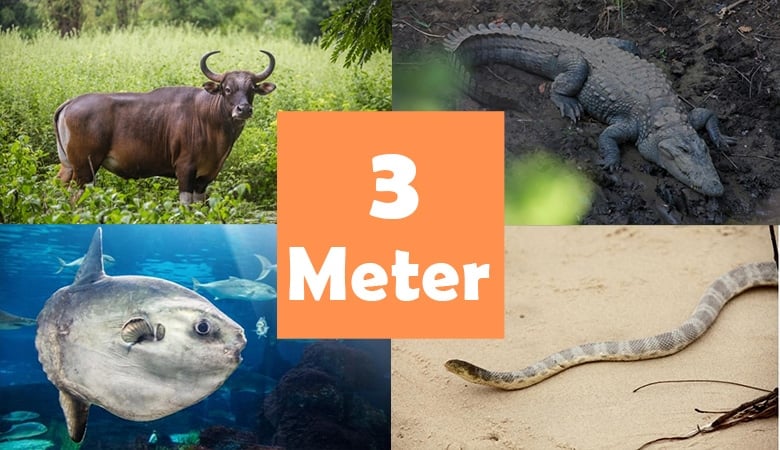The beauty of nature lies in the variety of animals in the wild and the ocean. The size difference among animals is responsible for feeding and survival habits.
More giant animals tend to prey on others, while smaller animals are always targeted for food. One way to understand these animals is knowing their sizes and their habitat.
While most scientific books classify animals generally, we cover a list of animals by their specific lengths. 3 meters in the wild is quite extensive, meaning only a few land animals may fit the list.
Here are 13 animals reaching 3 meters that you will find surprising.
1. Zebra
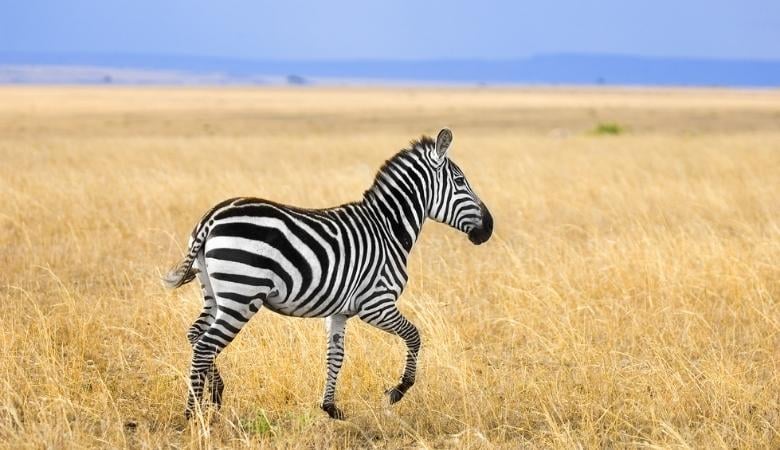
Zebras are African equines that are closely related to horses and mules. Their attractive black-and-white striped bodies make them more distinctively beautiful than the rest.
These animals also rank among the giant animals in the wild, averaging 3 meters in length.
There are three extant species of zebras— the Plains Zebra, mountain zebra, and grevy’s zebra.
2. Seal
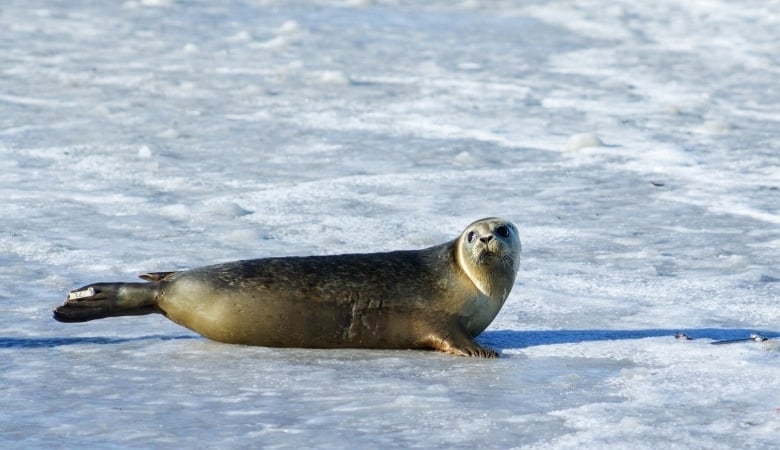
True seals are identified by their short flippers for making caterpillar movements on land. They lack external ear flaps, which makes them different from sea lions.
Adult male seals can grow up to 3 meters long and weigh around 660-770 pounds. Females are, however, smaller and can only average 6.5 feet long, weighing approximately 450 pounds.
The southern elephant wall is the largest and can reach 4 feet.
3. Pacific Bluefin tuna
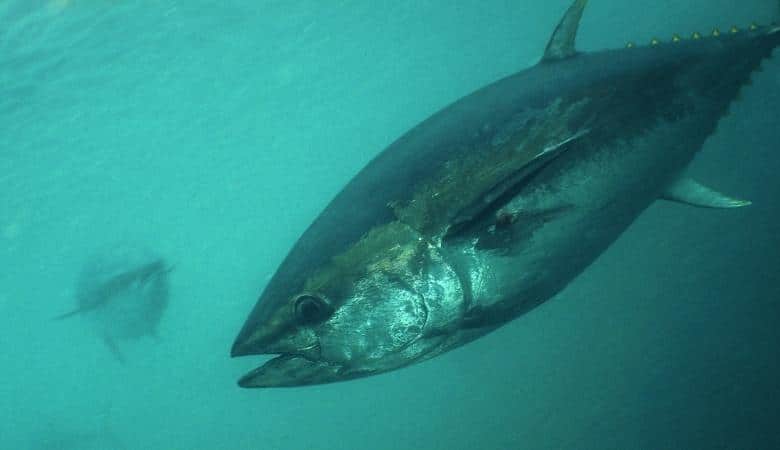
There are many tuna species, and the pacific Bluefin is the predatory one. You can tell from the name that these fish are commonly found in the Pacific Ocean.
They are some of the largest fish in the ocean and can grow to around 3 meters long. They are, however, not specific to the northern pacific ocean only.
Some are known to migrate to the southern Pacific Ocean.
4. Stingray
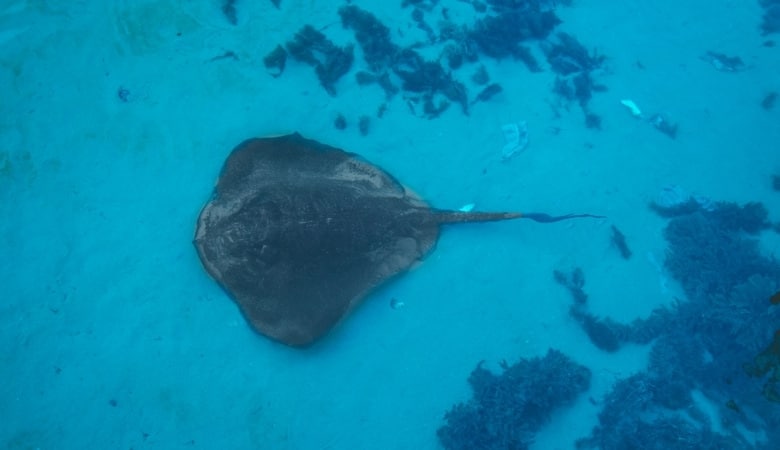
Stingrays are a category of sea rays closely related to sharks but look like blankets. These cartilaginous fish can grow up to 3 meters long when fully matured.
These fish are pretty friendly and less aggressive than sharks. However, if you get closer to them, you could get stung.
Some stingrays can be kept as pets because they can be taught to hand feed.
5. Box jellyfish
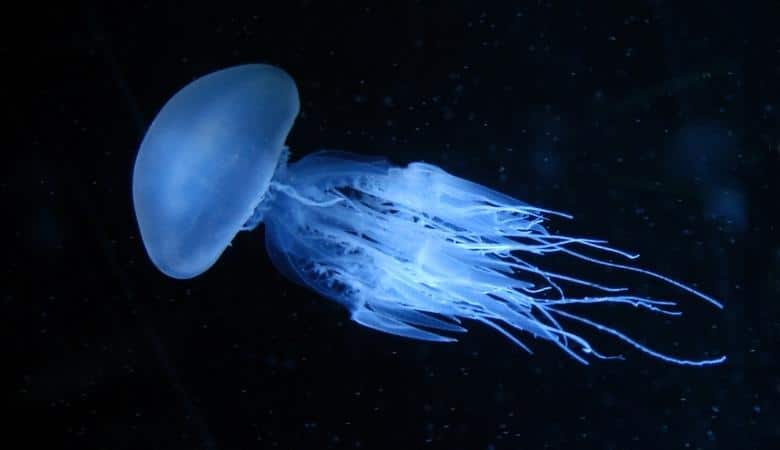
Box jellyfish are known for their box-like bodies and release potent venom when they sting through their tentacles.
There are over fifty species of box jellyfish, and these species can grow over 3 meters long. The box jellyfish is considered the deadliest jellyfish and perhaps the most venomous animal globally.
6. Ganges river dolphin
The Ganges river dolphin is perhaps the special one, considering it only lives in freshwater. In addition, it is blind and only depends on ultrasonic sounds to hunt.
These fish compensate for their blindness by their large bodies, reaching up to 3 meters.
They are commonly found in the South Asian Rivers, especially in India, Bangladesh, and Nepal.
7. Japanese spider crab
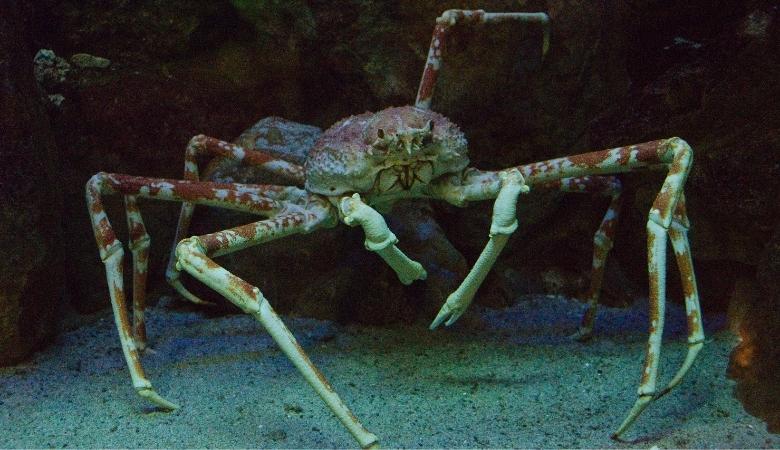
The Japanese spider crab is a marine crab species native to Japanese water. It has the largest leg span of all crabs, and its extensive body can reach over 3 meters.
The spider crab legs are pretty muscular even though they look spindly. These crabs are somehow dangerous to humans, primarily when handled inappropriately.
8. Ocean sunfish

The ocean sunfish, also called the molamola or common mola, grows up to 3 meters long when fully matures.
This explains why it is among the two heaviest bonny fish globally besides the southern sunfish. Like all other sunfish, they have unusual pseudo-tails that make them look oval.
Adult ocean sunfishes can weigh a maximum of 3500 pounds.
9. Portuguese man-of-war
The Portuguese man-of-war is also called the blue bottle. Physalia utriculus, or indo-pacific Portuguese man-of-war, is a marine hydrozoan commonly found in the Pacific and Indian oceans.
These animals are around 3 meters long, but there have been occasions where biologists discovered 40-meter Portuguese men-of-war.
They have a gas-filled bladder that facilitates the animal floating on the water surface and is propelled by tides and currents.
10. Gaur

The Indian bison, also known as the gaur, is a bovine species endemic to South and Southeast Asia.
This animal has experienced population decline over the previous years and has been on the vulnerable status on the IUCN Red List since 1986.
An adult male gaur can grow 3 meters long from head to body, excluding the tail. They also look more muscular than other bovine species and can weigh over 3,300 pounds.
11. Mugger crocodile
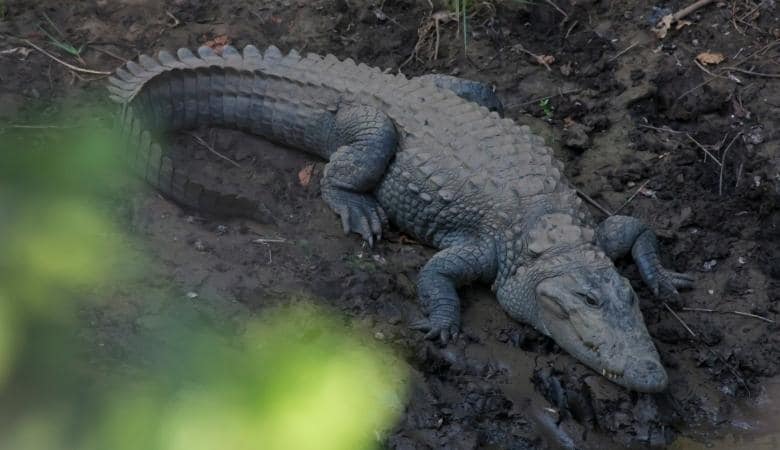
The mugger crocodile, also called the mugger or marsh crocodile, is a medium-size, broad-snouted crocodile.
This species mainly lives in freshwater regions of southern Iran and the Indian subcontinent. These include lakes, rivers, marshes, and ponds.
Their average length is 3 meters though there have been cases of 5-meter crocodiles being located.
They are excellent swimmers but can walk over the land looking for water bodies in the warm weather.
12. Black caiman
The black caiman is the gigantic predator in the Amazon River basin and the largest alligator family species.
Adult males average 3-4 meters long and weigh over 660 pounds. They have a deep black or grey color with plated skin that distinguishes them from other alligators. The underside is somehow lighter.
13. Snake sea cucumber
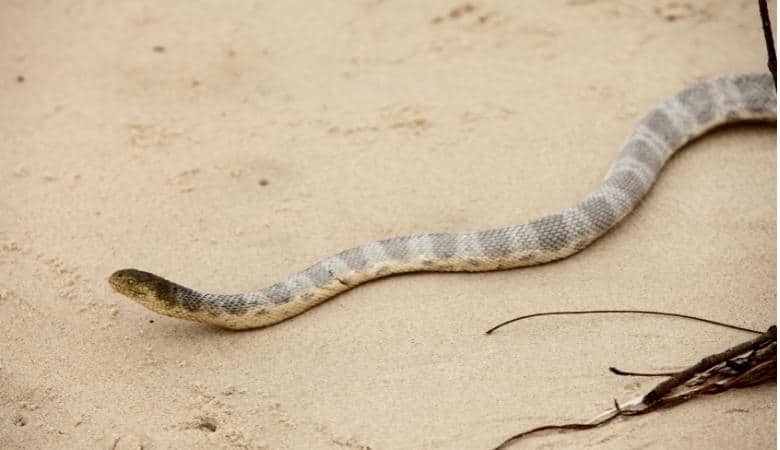
The synapta maculate, also called the snake sea cucumber, is a sea cucumber species of the synaptidae family.
This creature lives in shallow waters of the tropical indo-pacific ocean and can grow to around 3 meters long. It counts among the longest sea cucumbers globally.
They have variable skin colors, with some being yellowish-brown and some with dark-colored longitudinal stripes.
The dimension of stuff has been an interest of mine ever since I was a child. What I believe is most fascinating about the dimension of stuff is how extremely long, tall and wide some objects are both on earth and in the universe.

